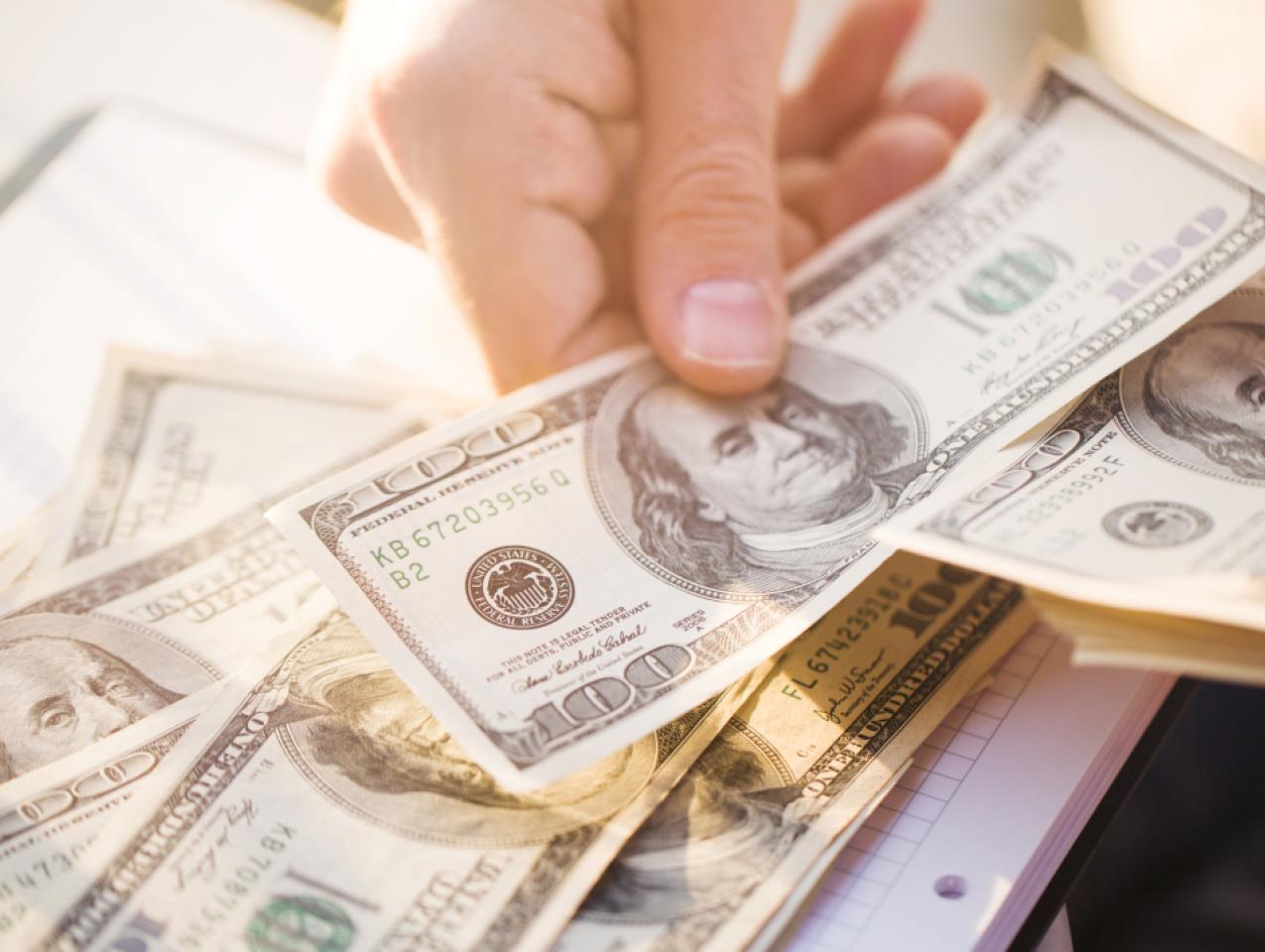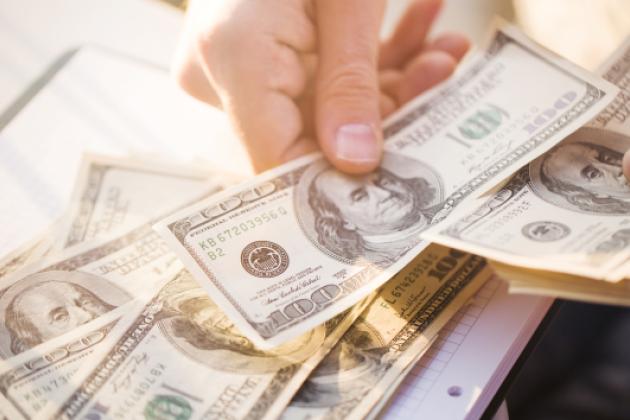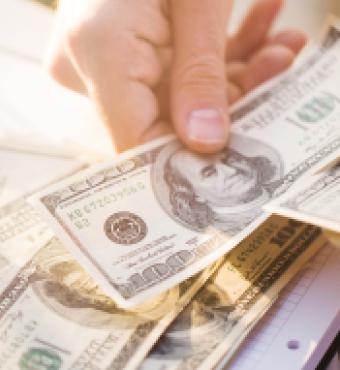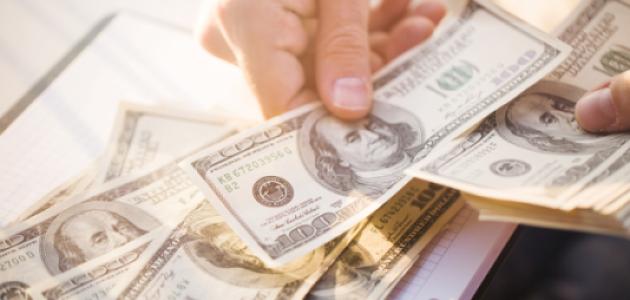- Economics
- Budget & Spending
- Politics, Institutions, and Public Opinion
- State & Local
- California
If you’ve given thought to your California state taxes (Sacramento having postponed this year’s filing deadline to May 17), I have good news to report: there might a refund coming your way, later this year.
Now, the bad news: that check might not be worth the trouble of cashing.
To explain why this would be the case, let’s meet a gentleman named Paul Gann.
In a better world, Mr. Gann would be remembered as the coauthor of California’s fabled tax-limiting Proposition 13. Instead, the lion’s share of attention for that taxpayers’ revolt—it limited property-tax increases—went to Gann’s more boisterous coauthor, Howard Jarvis (seen here on the cover of Time magazine soon after the initiative’s passage in June 1978).
What Gann did prove: F. Scott Fitzgerald had it wrong; there is such a thing as second acts.
Well, in California initiative politics at least . . .
In 1979, Gann was back before California voters with Proposition 4, aka the “Spirit of 13” initiative. Also known as the “Gann Limit,” that ballot measure placed a ceiling on the amount of tax revenue the state can spend in a given year—an adjusted figure based on the percentage increase in California’s cost of living coupled with the percentage increase in population growth.
Here’s the kicker: half of all state revenue above the limit has to be devoted to tax rebates or future tax cuts.
Which brings us us back to the California of present and state coffers overflowing thanks to better-than-expected revenue in California’s COVID-stricken economy (a $14.3 billion surplus as of late March).
At present, California is estimated to be about $102 million above the Gann Limit (this will change when the state’s Department of Finance releases the “May Revise” to this year’s proposed budget).
Under state law, half of that surplus would go to education, the other half to state taxpayers. The last time this happened: nearly 35 years ago, in 1987. This time around, if the current math holds, that would mean a refund of roughly $51 million going taxpayers’ way. That sounds like a hefty chunk of change until one considers the size of California’s adult population—about 76% of all Californians being college age or older. Even if, oh say, 18 million Californians file returns this tax season (that’s what the state’s Department of Finance expects), we’re talking a refund check the equivalent of a McDonald’s Happy Meal.
So why the lack of Gann-imposed refunds over the years and such a pittance looming in 2021? Blame it on two initiatives passed soon after that refund: Propositions 98 and 111. Prop 98, approved by voters a year after the Gann-induced refund, set a minimum percentage of the state budget earmarked for K–14 education. It also amended the Gann Limit by stipulating that a percentage of any surplus first goes to education, with the rest going to taxpayers.
Two years later, in 1990, California voters tacked on Prop 111. Sold to voters as a nickel-a-gallon increase in the state’s gas tax that would remedy traffic congestion, the measure struck a second blow to the spirit of Gann’s measure—refunding excess revenue—by exempting gas tax from revenue calculations for the limit.
Translation: the state government could now play fast and loose with how much money it had on hand. A good example of this: back in 2017, former governor Jerry Brown proposing a state budget that failed to include $22 billion in spending—“nowhere money,” as it came to be known—that should have been applied to the Gann Limit.
Something else that occurred as a result of the Gann Limit and subsequent efforts to protect higher spending: the political emergence of teachers’ unions, which of course have been front and center in California’s struggles to reopen its public schools in a timely fashion (the latest on that front: United Teachers of Los Angeles believes educators with young children should continue working from home until they’re guaranteed subsidized child care).
If you’re not pleased with the Happy Meal check you may receive (or whatever the amount, depending on Sacramento’s calculations), you might ask: what are your options?
Two former California governors can give you the answer—and if you’re a fiscal conservative, you won’t like it.
In his final State of the State Address, Pete Wilson asked the state legislature “to work with me in preparing a ballot measure to a new and tighter [Gann Limit], to control the appetite for spending of future governments” (this was in January 1998, the same year Wilson signed a $1.4 billion tax cut). That suggestion was a nonstarter with the Democratic majorities in both legislative chambers. A year later, Wilson was out of office due to term limits. His successor, Gray Davis, promptly led Sacramento on a spending spree that led to a budget crisis in 2002.
The following year, in 2003, a newly elected Arnold Schwarzenegger took up the cause of fiscal discipline. The “Governator’s” suggestion: a constitutional amendment that would further clamp down on the legislature by creating a “rainy day” reserve account. Schwarzenegger’s one shot at slowing down spending came in his ill-fated 2005 special election, in the form of Proposition 76, which created a second spending limit based on average revenue growth (spending from the state’s General Fund and special funds would be limited to the prior-year level, adjusted by the average of the growth rates in combined General Fund and special fund revenues during the prior three years).
Prop 76’s outcome: only three in eight Californians supported the concept, influenced in part by an aggressive media campaign by the California Teachers Association (the union spending $58 million in that special election—even going so far as mortgaging its headquarters—to kill Arnold’s slate of four reform measures).
So where does this leave Californians hoping for a little return from their state government?
The cynical suggestion would be to root for the status quo—that is, if you believe that California can keep cutting Happy Meal checks as long as a surging stock market and bullish housing markets keep producing revenue (this is one reason why a potential wealth tax could backfire on lawmakers).
Or, you could root for another Paul Gann to appear on the California landscape.
It’s the quintessential California story: Gann, one of an Arkansan preacher’s 11 children and tutored at home by his mother due to poor health (crippled by a childhood accident, he’d later take high school and law classes by correspondence), who moved to Golden State during the Great Depression.
Gann would experience business adversity to go along with his physical suffering (he declared bankruptcy after unwisely investing in World War II surplus items). He also underwent a political transformation, changing his registration from Democratic to Republican in the early 1970s when he felt the former party had lost touch with California taxpayers. A partnership with Howard Jarvis would soon evolve (Gann being the organizational brains behind the Prop 13 effort while Jarvis was the campaign’s public face), and the rest, as they say, is history.
“I’m a patriot,” Gann told the Los Angeles Times in 1979. “I care about the people and about my country. I’d fight like a dog for our rights.”
Anyone willing to bet a Happy Meal that there’s another dog lurking about?
















